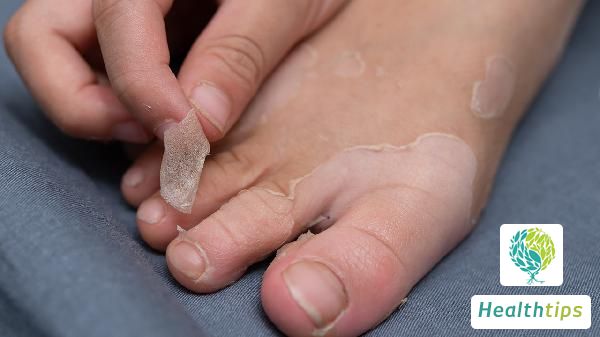"What are the symptoms of gout in its early stages?"
Gout: A Disease Caused by Uric Acid Crystal Deposition in Joints Due to Elevated Blood Uric Acid Levels
Gout is a disease triggered by the deposition of uric acid crystals in joints as a result of excessively high levels of uric acid in the blood. In its early stages, gout patients may experience symptoms such as fever and fatigue, or they may remain asymptomatic.

Symptomatic Cases
1. Fever: Some patients experience acute onset, manifested as sudden fever accompanied by chills.
2. Fatigue: Due to the influence of inflammatory factors, patients may suffer from generalized fatigue accompanied by muscle pain.
3. Elevated Skin Temperature: During acute attacks, local skin temperature may increase, and there will be obvious redness and swelling upon pressure.
4. Joint Pain: Primarily affecting the first metatarsophalangeal joint, followed by the ankle, knee, wrist, and elbow joints. These pains often occur at night or upon waking in the morning, and can be intense, resembling tearing or knife-like sensations, severely impacting normal activities.
Asymptomatic Cases
Some individuals may not exhibit the aforementioned symptoms but discover elevated uric acid levels during routine medical check-ups, without experiencing any other discomfort. It is recommended that such individuals undergo regular follow-ups. If gout is diagnosed, active treatment is necessary to prevent disease progression. In daily life, it is essential to avoid high-purine foods like animal liver and seafood, quit smoking and alcohol, and engage in regular exercise to manage weight.



















